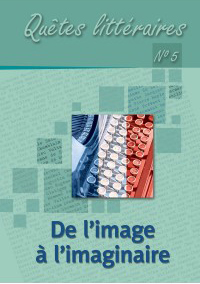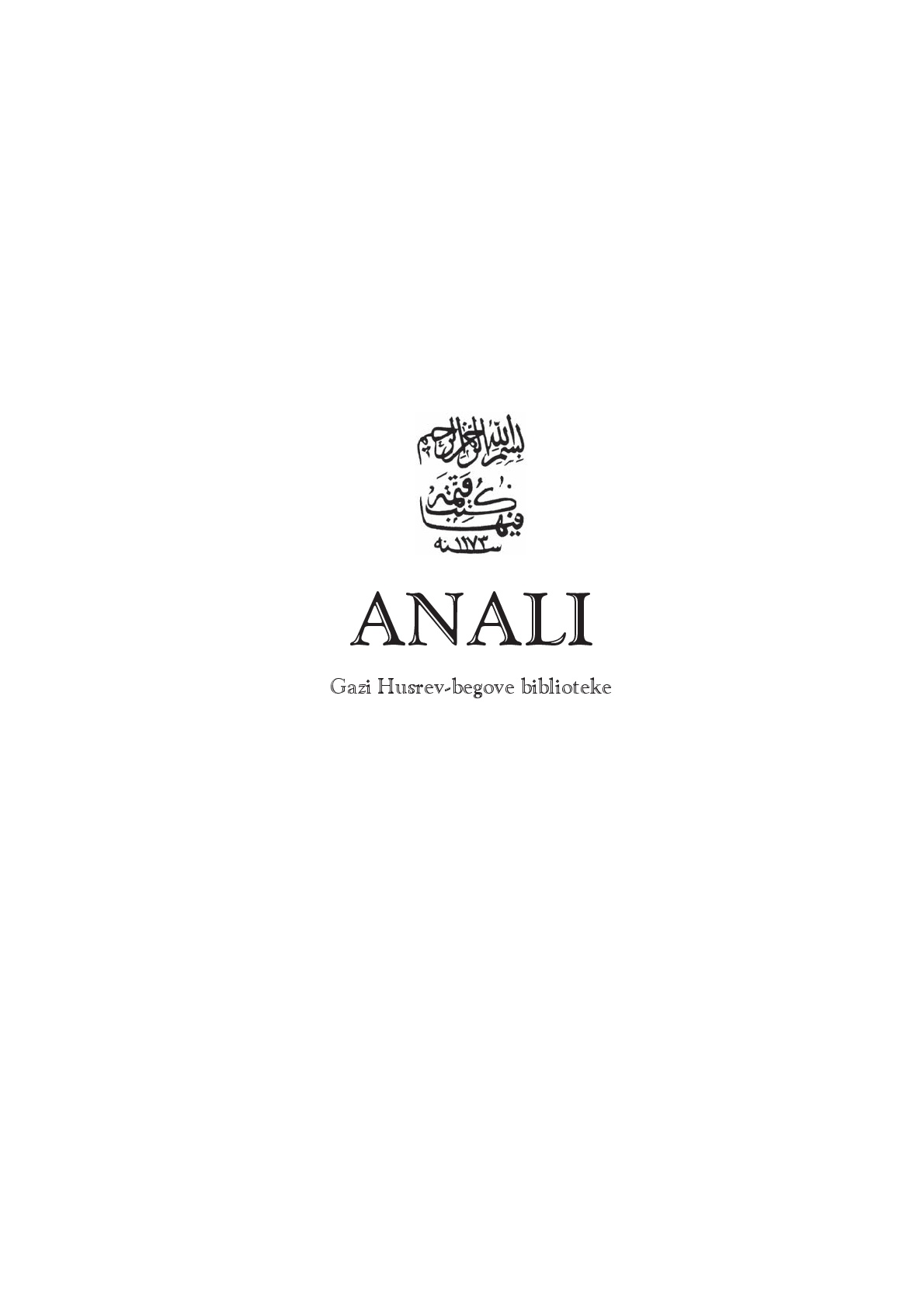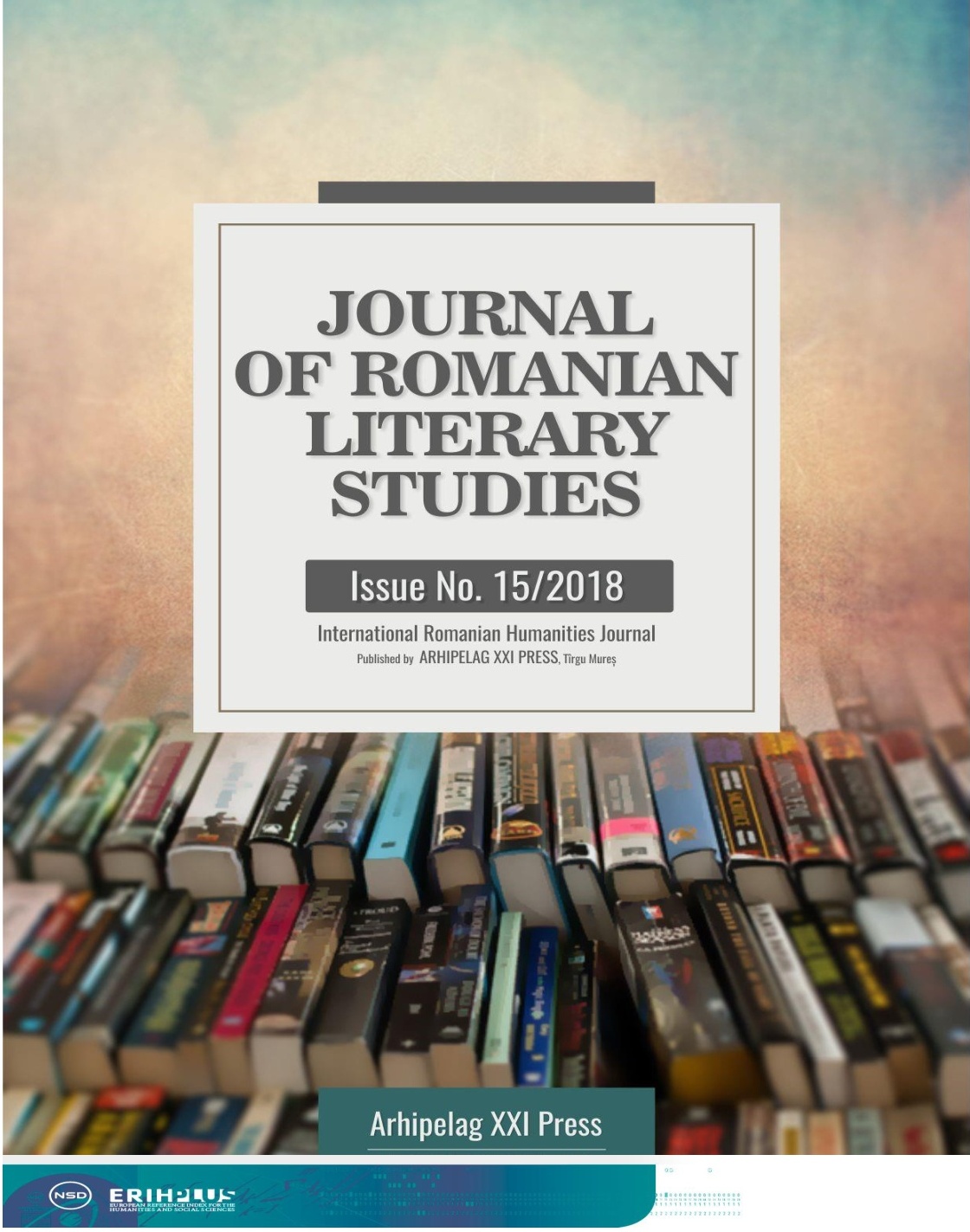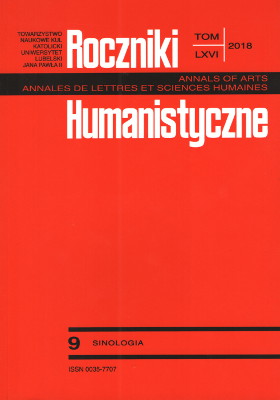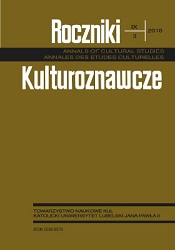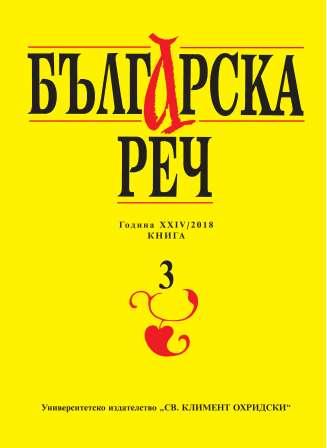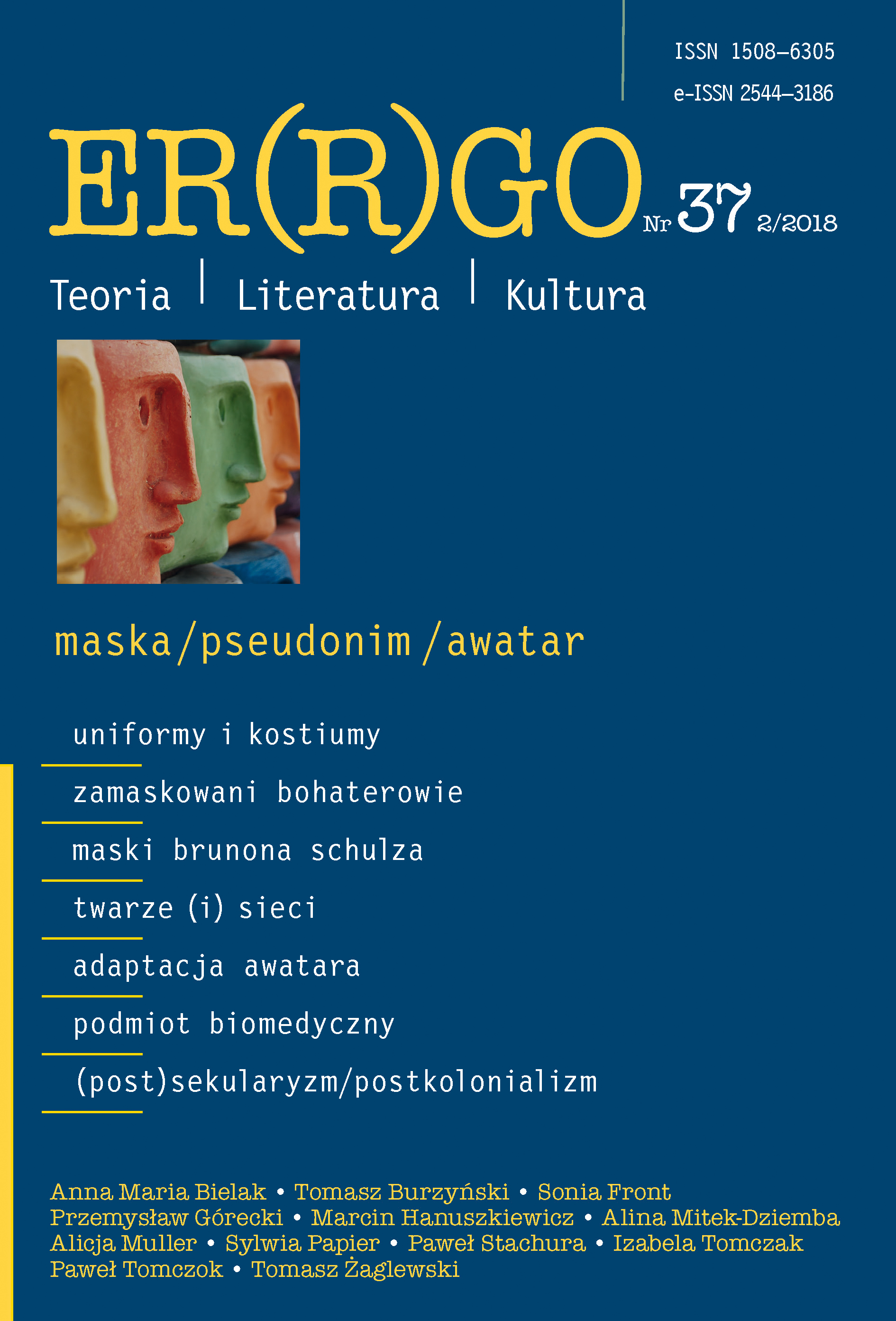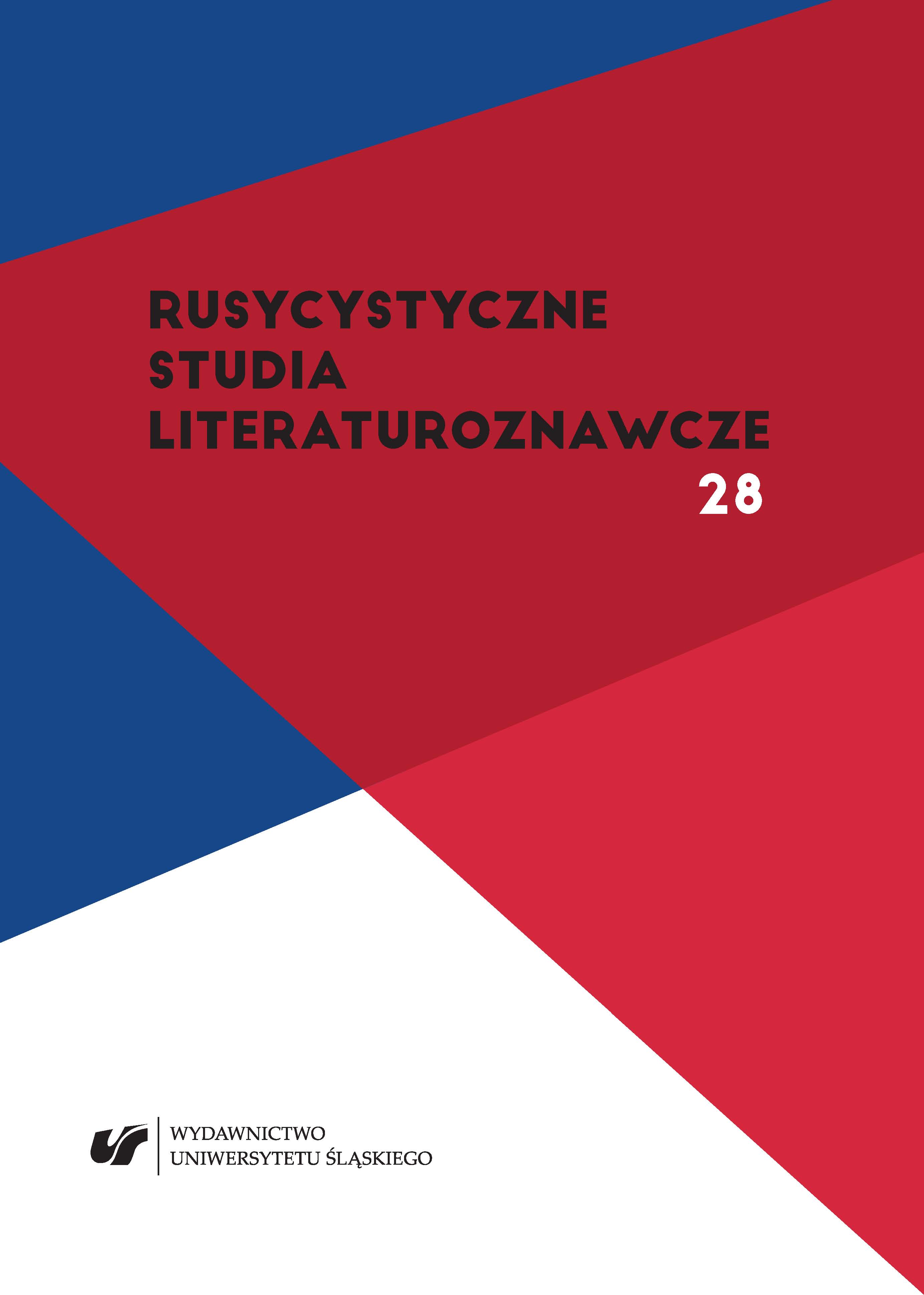Author(s): Dragica Živkova / Language(s): Bosnian
Issue: 39/2018
Comprehensive information on the literary work of Ahmed Sudi, who lived in the 16th century, is contained in a monograph by Namir Karahalilović and Munir Drkić, published by the Faculty of Philosophy in Sarajevo. It is a publication which portrays the life’s work of Sudi as a commentator, presenting also the masterpieces of Persian classical literature exploited in the broad geographical territory of the Ottoman Empire, later spreading to the wider, global level. Especially inspiring are his comments on Saadi’s works Gulistan and Bustan and Divan of Hafiz, the most significant and highly outstanding works with exclusive, meaningful messages, the analysis of which comprised multiple literary segments such as writing and pronunciation, phonetics, morphology, stylistics and metrics, semantics and cultural-historical aspect. This study is based on a cultural and historical point of view since the commentaries on Gulistan and Bustan mention significant Persian and other historically influential figures and rulers (King Darius, Alexander of Macedonia, etc.), legendary-mythological figures, epic heroes, Islamic Sufi prominent personalities, poets, and the like. Comments taken from the history of Islam are extremely valuable and well substantiated. For example, the beginning of Bustan highlights the fact that it is advisable to begin every work in the name of God and to seek his help in it, also including biographical data on Muhammed the Messenger. It is interesting that his comments include extensive explanations of personalities, cities and countries, personal memories and the impressions from travels, proving that he was versed in different scientific disciplines and in various spheres of one’s everyday activities.
More...
